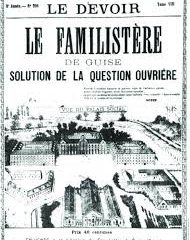Understanding Calgary Traffic: Current Issues and Insights
Importance of Traffic Management in Calgary
As one of Canada’s fastest-growing cities, Calgary faces numerous challenges related to traffic congestion and infrastructure. Understanding current traffic conditions is crucial for residents, commuters, and city planners alike, given its impact on daily life, economic activity, and environmental sustainability.
Current Traffic Conditions
Recent studies indicate that Calgary has seen a significant increase in traffic volume over the past few years, attributed to population growth and urban development. According to the City of Calgary’s transportation department, the average travel time during peak hours has increased by approximately 15% since 2020. Major routes like the Deerfoot Trail, 16th Avenue, and Crowchild Trail are often reported as hotspots for congestion.
Infrastructure Developments and Challenges
The local government is actively working to alleviate traffic woes through several initiatives. Upcoming projects include the expansion of major roadways, the development of new transit routes, and improved bike lanes aimed at encouraging alternative methods of transportation. However, these efforts are not without challenges. Sourcing funds, addressing community concerns, and coordinating construction efforts without disrupting current traffic patterns remain key obstacles.
Impact of Events on Traffic
Calgary hosts numerous events annually that can significantly affect local traffic. For instance, the Calgary Stampede, one of the largest rodeos in the world, draws massive crowds every July, prompting the city to implement traffic management strategies, including road closures and public transport enhancements, to accommodate the influx of visitors. Task forces have been established to monitor and manage traffic concerns during such events to ensure smooth transit.
Future Traffic Forecast
Looking ahead, city planners anticipate continued growth in population and, consequently, traffic volume. The implementation of smart traffic management systems, which utilize real-time data to optimize traffic flow, is expected to play a vital role in managing these challenges. As smart technology continues to integrate into urban planning, future traffic conditions may improve significantly, benefiting both commuters and the overall economy.
Conclusion
Traffic management in Calgary is an ongoing challenge that encompasses numerous factors, including city growth, infrastructure improvement, and community engagement. For residents and city officials, staying informed about traffic conditions and upcoming changes is vital for making efficient travel decisions. With planned developments and emerging technologies, Calgary’s traffic landscape could see notable improvements in the years to come.









